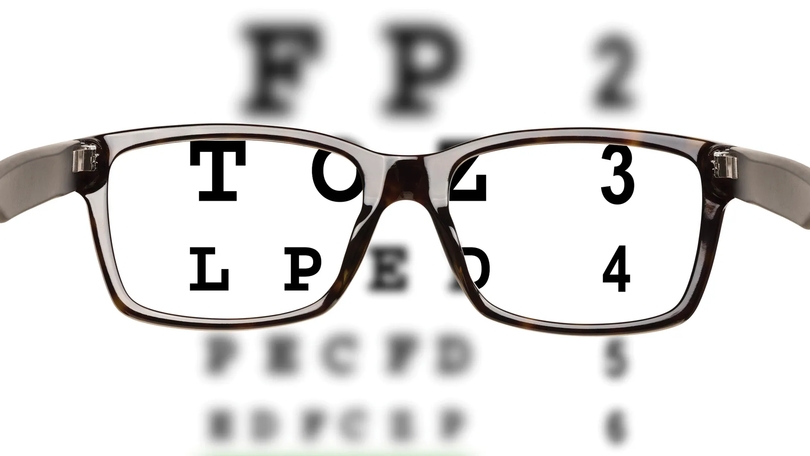The Hidden Dangers of Using Two Monitors: How They Can Harm Your Eye Health

Why Using 2 Monitors is Bad for Eye Sight
Using two monitors may seem like a great idea to increase productivity, but it can have negative effects on your eyesight. Here are some reasons why:
Increased Eye Strain
When you use two monitors, your eyes have to constantly adjust between the two screens, which can lead to eye strain. This is because your eyes are constantly focusing and refocusing on different distances, which can cause fatigue, headaches, and dry eyes. Additionally, the brightness and contrast levels of the two monitors may not be the same, which can further strain your eyes.
Neck and Shoulder Pain
Using two monitors often requires you to turn your head or neck to view the different screens, which can lead to neck and shoulder pain. This is because the muscles in your neck and shoulders are constantly being strained to maintain this position, which can cause tension and discomfort.
Distractions
Using two monitors can also lead to distractions, as your eyes may be drawn to the second screen even if you are working on something else. This can decrease your productivity and cause you to feel overwhelmed or stressed.
Reduced Blinking
When you are focused on two screens, you may be less likely to blink, which can lead to dry eyes. Blinking helps to moisten and refresh the eyes, but when you are staring at a screen for a long time, you may forget to blink or blink less frequently. This can cause your eyes to feel dry, itchy, or irritated.
Increased Risk of Computer Vision Syndrome
Computer Vision Syndrome (CVS) is a group of eye and vision-related problems that can occur as a result of prolonged computer use. Using two monitors can increase your risk of CVS, as it can cause eye strain, neck and shoulder pain, and dry eyes. Additionally, using two monitors may cause you to sit too close to the screen, which can further increase your risk of CVS.
Tips for Using Two Monitors Safely
If you must use two monitors, there are some steps you can take to reduce the negative effects on your eyesight:
- Position the monitors at eye level to reduce strain on your neck and shoulders.
- Make sure the brightness and contrast levels of the two monitors are the same to reduce eye strain.
- Take frequent breaks to rest your eyes and stretch your neck and shoulders.
- Use an anti-glare screen to reduce glare and reflections on the screen.
- Adjust the font size and color scheme to make it easier on your eyes.
- Use the 20-20-20 rule: Every 20 minutes, look at something 20 feet away for 20 seconds to reduce eye strain.
Conclusion
While using two monitors may seem like a great way to increase productivity, it can have negative effects on your eyesight. Increased eye strain, neck and shoulder pain, distractions, reduced blinking, and an increased risk of CVS are all potential drawbacks of using two monitors. If you must use two monitors, take steps to reduce the negative effects, such as positioning the monitors at eye level, taking frequent breaks, and using an anti-glare screen. It is important to prioritize your eye health and take steps to reduce strain and discomfort when using technology for extended periods of time.
Overall, using two monitors may seem like a good idea in theory, but it can have negative effects on your eyesight and overall health. If possible, try to stick to using one monitor or consider alternative ways to increase productivity. Remember to prioritize your eye health and take steps to reduce strain and discomfort when using technology for extended periods of time.